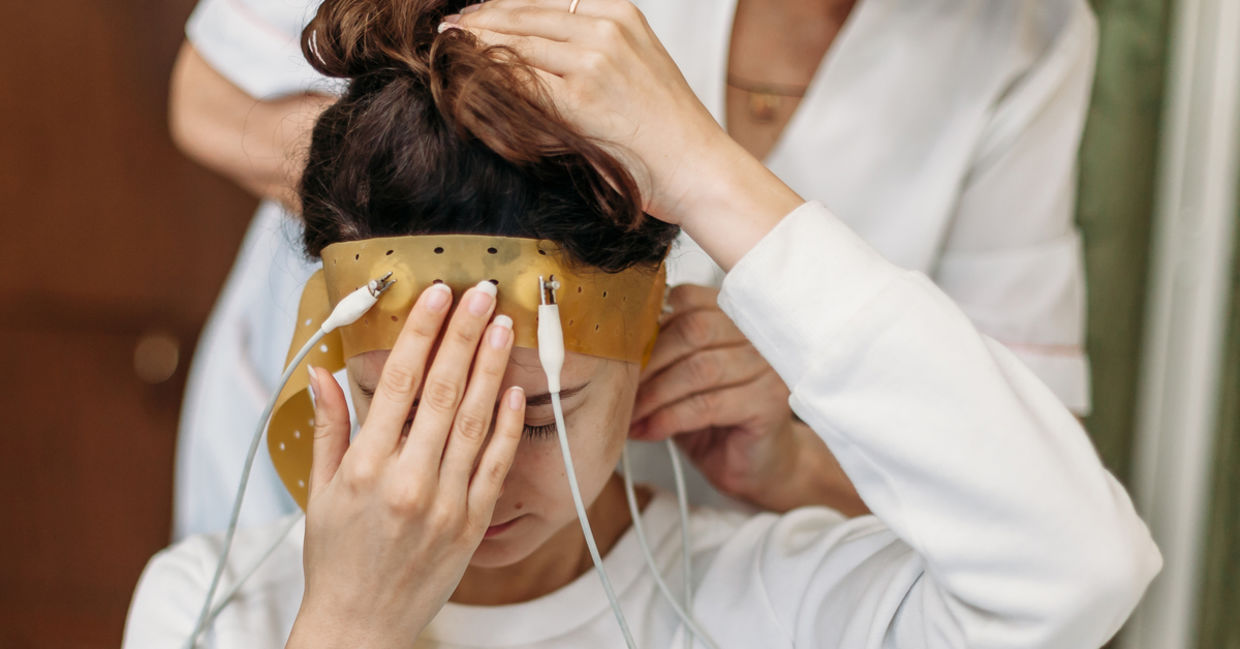
(NPS_87 / Shutterstock.com)
Many people who have hearing impairments have used cochlear implants that electronically stimulate the nerve for hearing so that they can process sounds. Now a team of scientists at Baylor College of Medicine have developed a brain implant that allows study participants to see the shape of letters.
The study, published on May 14, 2020 in the journal Cell, shows that dynamic stimulation of the visual cortex allowed both sighted people and visually impaired people to recognize letters. Since many cases of blindness involve damage to the eyes or optic nerves, this type of direct stimulation from a camera could allow people to regain some vision.
The researchers say that this is a step towards the goal of a visual prosthetic, much like the cochlear implant, but it is still in very early development according to a press release from the Houston Texas medical school.
The approach uses implanted electrodes placed on the V1 region of the brain (where sight is located) that are stimulated in a dynamic sequence that basically traces shapes on the visual cortex.
The researchers tested this approach on four sighted people who already had brain implants to monitor epilepsy and two blind people who lost their sight as adults.
“When we used electrical stimulation to dynamically trace letters directly on patients’ brains, they were able to ‘see’ the intended letter shapes and could correctly identify different letters,” Dr. Daniel Yoshor, professor and chair of neurosurgery and senior author said in the press release. “They described seeing glowing spots or lines forming the letters, like skywriting,” he said.
Earlier attempts to stimulate the visual cortex were not successful because they treated each electrode as if it were a pixel like in a picture. But this study was different because instead of trying to build shapes from multiple pixels, the researchers worked on tracing outlines.
“Our inspiration for this was the idea of tracing a letter in the palm of someone’s hand,” said Dr. Michael Beauchamp, professor of neurosurgery, director of the Core for Advanced MRI, and first author.
The authors of the study drew the letters W, S, and Z on the screen and when participants were able to “see” the letters forming, “I think they were at least as excited as we were, probably more!” Beauchamp and Yoshor told Live Science.
This device could have a major impact on the lives of people who are visually impaired. “The ability to detect the form of a family member or to allow more independent navigation would be a wonderful advance for many blind patients,” Yoshor said.
The next step, according to Beauchamp, is to work with neuro-engineers to develop much larger electrode arrays with thousands of electrodes that will allow more precise brain stimulation. “Together with new hardware, improved stimulation algorithms will help realize the dream of delivering useful visual information to blind people,” he said in the press release.
While brain electrodes may seem very intrusive and possibly dangerous, the benefits have to be weighed against the risks. Devices that can restore vision or hearing can help people better navigate the world they live in and that is certainly a big plus.
YOU MIGHT ALSO LIKE:
This Smart Cane Uses Google Maps and Sensors
Lego's Newest Bricks Teach Braille to Kids With Impaired Vision
4 Innovative Technologies to Help Blind People See Again







